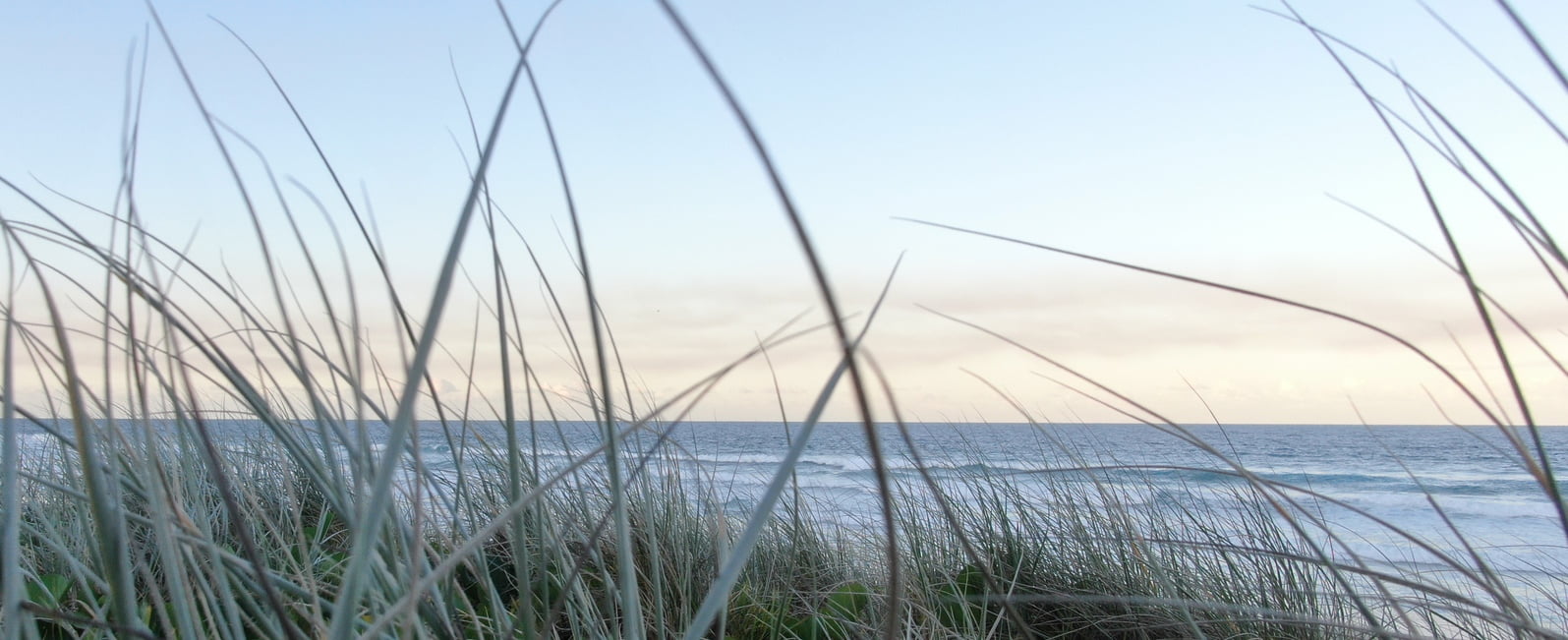…In another part of Australia, cattle grazing has been identified as detrimental to World Heritage values, by potentially initiating soil erosion, altering under-storey vegetation and fire regimes. Cattle grazing has also been associated with the introduction of weed species such as pasture crops and assisting in the spread of other weeds.
The Wet Tropics grazing policy is to phase out cattle grazing within the WHA as leases expire unless there is a demonstrated benefit for World Heritage management and no prudent and feasible alternatives are available. Some grazing is already being phased out under the State Forest transfer program.
Interestingly, cattle have historically played their part in establishing the conservation significance of Queensland’s Wet Tropics. In 1971, a couple of long-term Daintree rainforest residents returned home from a weekend in Mossman, to find four of their cattle dead. Suspecting foul play, they called in the Department of Primary Industry’s divisional veterinarian.

Strychnine-like poisoning from alkaloids was found to have caused the deaths, from large, partially masticated seeds in the digestive systems of the cattle. Herbarium records revealed the re-discovery of a lost species of Calycanthus, but upon recognition of peculiarities and most significantly the variable expression of three or four cotyledons, the species became Idiospermum australiensis.
At the time, there were only eighteen families of primitive flowering plant known to exist world-wide; Idiospermaceae became the nineteenth family. Its discovery stimulated intense botanical interest in the rainforests of the Daintree, which in turn revealed a living museum of plants and animals of exceptional antiquity.
It is also interesting to note that from the early nineteen-hundreds until its re-discovery in seventy-one, the rainforest dinosaur Idiospermum australiensis was being selectively logged under its common name Ribbonwood. Axemen were familiar with special qualities of the plant, along with some seven hundred other species of rainforest cabinetwood timbers, as well as the complex rainforest habitats in which they grew.

 Jennifer Marohasy BSc PhD is a critical thinker with expertise in the scientific method.
Jennifer Marohasy BSc PhD is a critical thinker with expertise in the scientific method.

This is an interesting article Neil but I reckon we can do with some more info on the wood.
One thing that has emerged since removing the cattle from the Vic High Plains is the increased undergrowth smothering the open grass areas that ‘roos and other native fauna prefer,forcing them into the farming areas and roadsides.
This article
http://www.farmonline.com.au/news_daily.asp?ag_id=45636
states there are currently 7 insurance claims per day from motorists hitting ‘roos that are attracted by the food at the roadsides.
The grassy plains were developed over hundreds, if not thousands, of years by the mosaic burning practices of the Koories but the massive increase in scrubby undergrowth that’s been allowed to develop in recent times is detrimental for both bushfire hazard and our native fauna.
Perhaps Jayne can write an article on how the “Koories” maintained the high country in earlier times. A student acquaintance from Sydney UNI is tasked with examining all the records on high country land cover patterns, natural and man made. Should be interesting hey